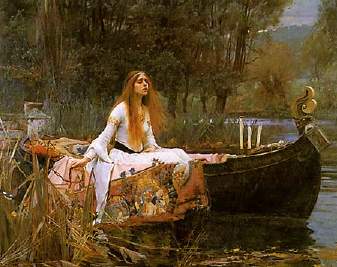

Eclipses & Plagues in the Annals

The Anglo-Saxon Chronicle mentions two eclipses for the years AD 538 and
AD 540:
A.D. 538. This year the sun was eclipsed, fourteen
days before the calends of March, from before morning until nine.
A.D. 540. This year the sun was eclipsed on the
twelfth day before the calends of July; and the stars showed themselves
full nigh half an hour over nine.
What are the chances of having two eclipses within
such a time span? The AD 538 entry describes the eclipse as
lasting from before morning until nine. This seems a bit long for
an eclipse. Could this actually be a reference to the comet?
The Irish Annals of
Tigernach makes reference to two
plagues (mortalitas magna) in the years AD 540 and 550:
T540.1
Mortalitas magna quae blefed dicitur, ín quáMo Bí Clairineach, cui nomen est Berchan, brecanó poeta, periit.
Mortalitas magna quae blefed dicitur, ín quáMo Bí Clairineach, cui nomen est Berchan, brecanó poeta, periit.
T550.1
The Welsh
Annales of Cambriae also refer to two
plagues in the years AD 537 and 547:
537 - Gueith camlann in qua Arthur et Medraut
corruerunt, et mortalitas in Brittannia et in Hibernia fuit.
537 - The battle of Camlann, in which Arthur and
Medraut fell: and there was plague in Britain and Ireland.
547 - Mortalitas magna in qua pausat Mailcun rex
Genedotae. Unde dicitur, "Hir hun Wailgun en llis Ros". Tunc fuit
wallwelen.
547 - The great death [plague] in which Maelgwn,
king of Gwynedd died. Thus they say 'The long sleep of Maelgwn in
the court of Rhos'. Then was the yellow plague.
The 537 plague reference in the Annals of Cambriae is
probably a little early to be correct, bearing in mind the tree ring
evidence. The plague
dates in the Annals of Tigernach are probably more reliable. If
we assume
that Maelgwyn died in the second plague, we can date his death to AD
550.
